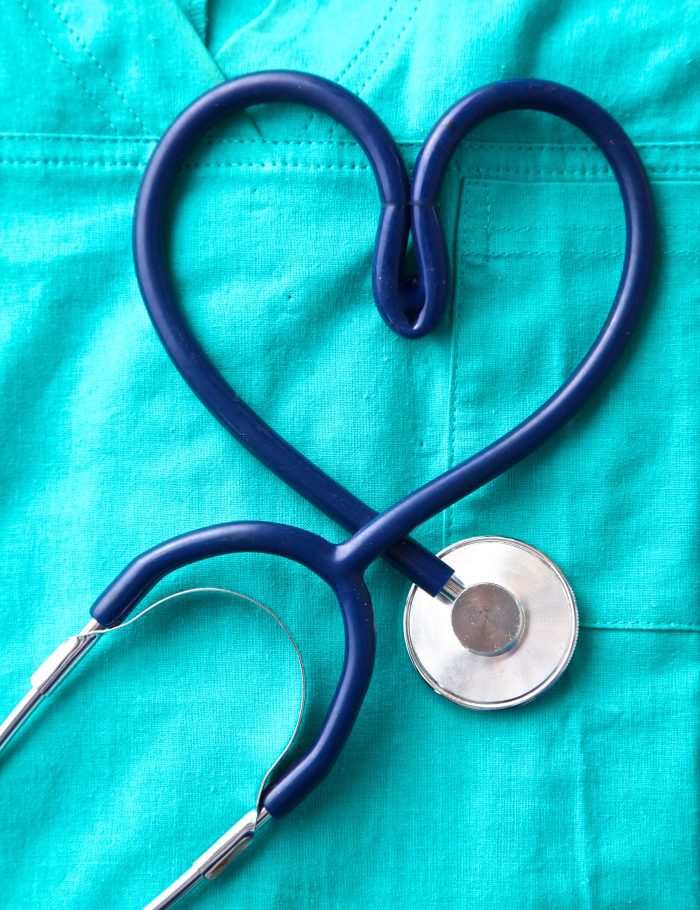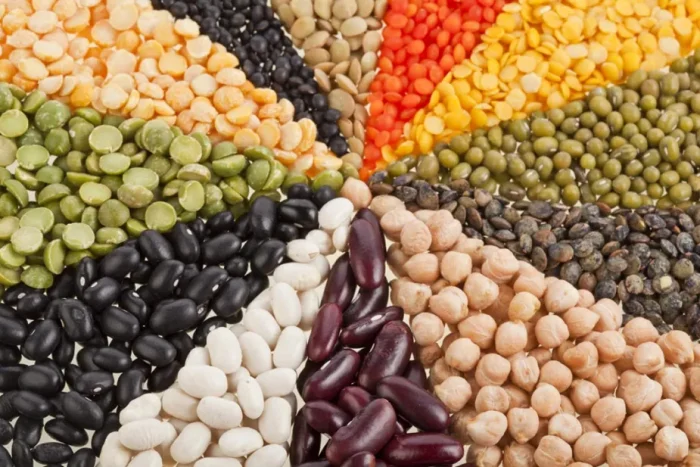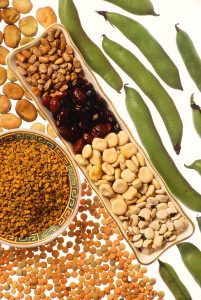Examining heredity vs. dietary impact
By David Dunaief, M.D.

Your heart disease risk is influenced by your family’s history. Can you overcome these genetic issues by making lifestyle changes that improve your health trajectory? It’s the classic heredity vs. environment dilemma. Let’s look at the evidence.
A study involving the Paleo-type diet and other ancient diets suggests that cardiovascular disease is influenced by genetics, while another study considering the Mediterranean-type diet suggests that we might be able to reduce our risk factors with lifestyle adjustments. Most of the risk factors for heart disease, such as high blood pressure, high cholesterol, sedentary lifestyle, diabetes, smoking and obesity are modifiable (1).
How do our genes affect our heart disease risk?
Researchers used computed tomography scans to look at 137 mummies from Egypt, Peru, the Aleutian Islands, Southwestern America, and others (2). The represented cultures included hunter-gatherers (consumers of a Paleo-type diet), farmer-gatherers and solely farmers. All the diets included significant amounts of animal protein, such as fish and cattle.
Researchers found that one-third of these mummies had atherosclerosis, or plaques in their arteries, which is a precursor to heart disease. This is a familiar ratio; it’s what we still see in modern times.
The authors concluded that atherosclerosis could be part of the human aging process. In other words, it may be embedded in our genes. We all have genetic propensity toward atherosclerosis and heart disease, some more than others.
However, other studies demonstrate that we can reduce our heart disease risk with lifestyle changes, such as with a plant-rich diet, like the Mediterranean-type diet.
How does diet affect our genetic response?
A study of 7,000+ participants in Spain who were at high risk for cardiovascular disease examined the impacts of a Mediterranean-type diet and a low-fat diet on cardiovascular disease risk (3). Two variations on the Mediterranean-type diet were compared to a low-fat diet, with participants randomly assigned to three different groups. The two Mediterranean-type diet groups indicated about a 30 percent reduction in the risk of cardiovascular disease, compared to the low-fat diet. Risk indicators they studied included heart attacks, strokes and mortality. Interestingly, risk improvement in the Mediterranean-type diets occurred without significant weight loss.
The study included three groups: a Mediterranean diet supplemented with mixed nuts (almonds, hazelnuts or walnuts), a Mediterranean diet supplemented with extra virgin olive oil (at least four tablespoons a day), and a low-fat control diet.
The Mediterranean-type diet arms both included significant amounts of fruits, vegetables, nuts, beans, fish, olive oil and wine. Both groups consuming this diet had either significant amounts of nuts or olive oil and/or wine. If the participants in the Mediterranean diet groups were wine drinkers, they were encouraged to drink at least one glass a day.
This study was well-designed; however, there was a significant flaw that should temper our enthusiasm. The group assigned to the low-fat diet was not able to maintain this diet throughout the study. As a result, it really became a comparison between variations on the Mediterranean diet and a standard diet.
How have leading cardiovascular and integrative medicine physicians responded to the study? Interestingly, there are two opposing opinions, split by field. You may be surprised by which group liked it and which did not.
Well-known cardiologists hailed the study as a great achievement. They emphasized that we now have a large, randomized diet trial measuring meaningful clinical outcomes.
On the other hand, leading integrative medicine physicians, including Caldwell Esselstyn, M.D. and Dean Ornish, M.D., expressed disappointment with the results. Both promote plant-rich diets that may be significantly more nutrient-dense than the Mediterranean diet in the study. Both have published their own small, well-designed studies showing significant benefits from plant-based diets (4, 5). Ornish showed a reversal of atherosclerosis in one of his studies (6).
Their objections to the study revolve around their belief that heart disease and its risk factors can be reversed, not just reduced. In other words, the study didn’t go far enough.
Both opinions have merit. The cardiologists’ enthusiasm is warranted, because a Mediterranean diet, even with an abundance of included fats, will appeal to a wide audience. However, those who follow a more focused diet that includes more nutrient-dense foods, could potentially see a more significant reversal of heart disease.
Either way, it is encouraging to know that we can alter our cardiovascular destinies by altering our diet.
References:
(1)www.uptodate.com(2) BMJ 2013;346:f1591. (3) N Engl J Med 2018; 378:e34. (4) J Fam Pract. 1995;41(6):560-568. (5) Am J Cardiol. 2011;108:498-507. (6) JAMA. 1998 Dec 16;280(23):2001-2007.
Dr. David Dunaief is a speaker, author and local lifestyle medicine physician focusing on the integration of medicine, nutrition, fitness and stress management. For further information, visit www.medicalcompassmd.com or consult your personal physician.


















